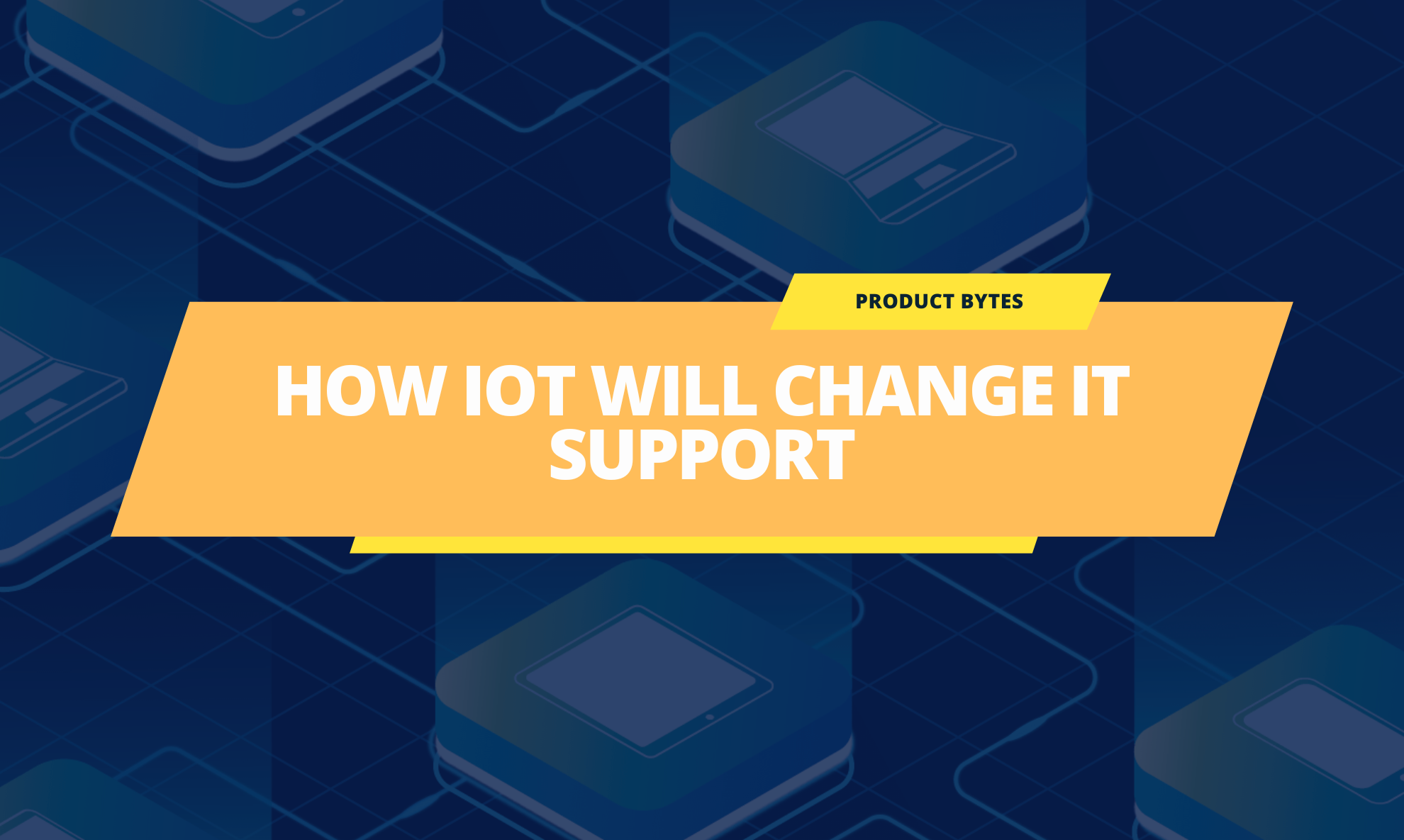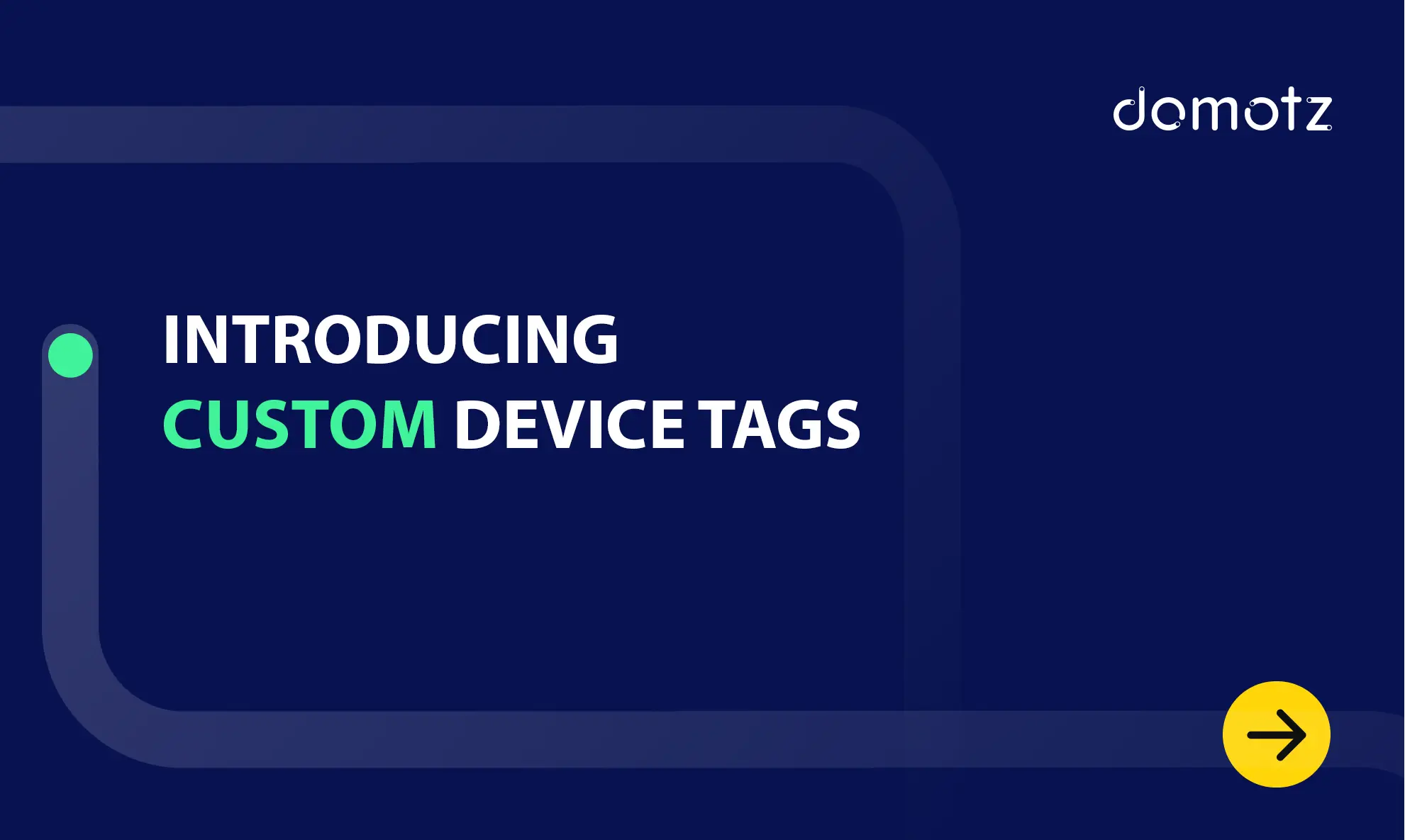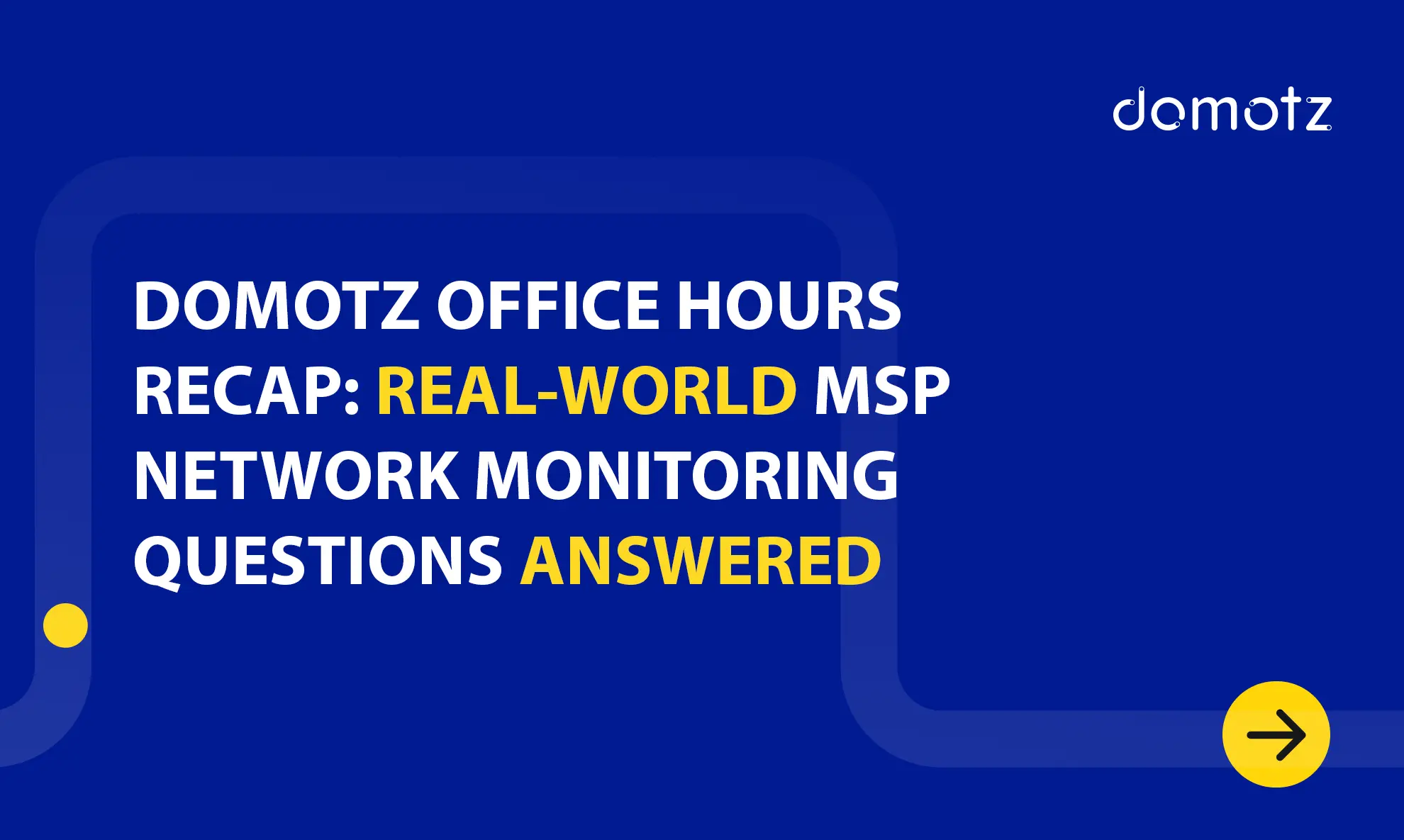Internet of Things Network Monitoring – The growth of IoT devices is changing IT support, network monitoring and network management
Internet of Things Network Monitoring provides an opportunity for service providers to be more relevant and better meet the needs of connected consumers with a growing number of devices in their lives.
The term “Internet of Things” was supposedly first coined by Kevin Ashton back in 1999. Prior to this as early as 1992, other internet evangelists like Vint Cerf had cited that one day we’d live in a world with I-P on everything. Vint Cerf, the VP & Internet Evangelist at Google, was sometimes referred to as the “Father of the Internet.” He was also for his famous T-Shirt which read “I-P on Everything.”
The growing invasion of connected Internet of Things devices
Fast forward to this year, and the idea of having I-P on everything does not seem so far away. More devices that used to be offline, are becoming online devices everyday.
I can still think of quite a few things that aren’t connected to the internet (like paper towels and grocery bags etc.), but there are many more useful and even quirky things being brought online everyday from watches and pet monitors, to jackets, shoes, pillows and mattresses.
What is the Internet of Things?
The Internet of Things refers to the connectivity and inter-connectivity of devices, objects, people and places.
“At its core, IoT is simple: it’s about connecting devices over the internet, letting them talk to us, applications, and each other.” (The Guardian)
All of these new “things” which never used to have any intelligence, now communicate via a network using a variety of protocols (I-P, RFID, NFC, ZigBee). In some instances these “things” also communicate with other applications, people and even one another.
In an ideal world an IoT scenario plays out something like this. Your smart fridge recognizes you are out of milk, so it triggers an alert to you and its application and then automatically orders a replacement milk from the store, all before you get home.
How IoT Devices and Networks will change IT support
The growth of IoT devices will have important implications for everyone especially those which are providing IT support and services.
Homes and consumers will acquire more devices that need support. Businesses providing managed services and maintenance and tech support services; like hardware manufacturers, IT professionals, integration companies and other service providers, will have a new opportunity to step up and provide those services.
However, whilst providing remote support will be a new opportunity for making money – in order to remotely support networks and devices – service providers will need more intelligent remote network monitoring software.
More devices hooking on the network, adds more convenience to our daily lives but can also cause a slew of new problems.
Service providers will need to adopt new ways of troubleshooting devices in an intuitive way rather than relying solely on phone support and home visits to solve an issue.
- Device Troubleshooting: Connected devices have more intelligence than ordinary objects. This means they need support, maintenance and troubleshooting. At the same time, most consumers still have a “this should work” mentality. This means competing for consumer spend on Digital Maintenance & Support – is tough. But I foresee this growing over time.
- Security: More connected devices bring about greater concerns over security, data and privacy.
- Network: The network will become central to a home’s safety and security because more IoT devices will depend on it to do their job.
- Devices that don’t play nice: Given the lack of IoT device standards at this point – most devices don’t communicate or speak with one another. They are designed to be self contained and separate and therefore each have their own procedure and system for troubleshooting and support.
New network monitoring companies – like Domotz – are stepping up and creating the new innovative remote network monitoring software that service providers need for support the Internet of Things.
Internet of Things Network Monitoring – The next big opportunity for service providers?
IT infrastructures everywhere are becoming critically advanced. Traditionally only complex IT environments needed monitoring but nowadays almost every network needs monitoring to ensure it’s well being. This means that more environments and devices need better IT and troubleshooting support.
It used to be that only critical devices needed monitoring – but enter the IoT and connected technology – and everything needs to be monitoring. How will technicians cope with needing to monitor everything?
Today’s environments have many more critical devices that need to be monitored from: servers, printers, computers and alarm systems, to IP cameras, health devices, pet monitors, smart locks, thermostats and so much more. The IoT is quickly changing the game for monitoring, and technicians need more tools to manage devices.
To help map out key technologies for operators, Gartner recently identified the Top 10 Internet of Things Technologies for 2017 and 2018. In the report, Gartner identified IoT platforms with Device Monitoring and Management functionalities as a key technology to watch.
As the growth of the IoT continues, IT professionals, integration companies, hardware manufacturers and other service providers will need to find new ways to monitor, manage and troubleshoot the devices that they configure and supply.
Ready to get started with remote network monitoring software that’s built for the Internet of Things? Get started today.
About Domotz
Domotz develops disruptive remote network monitoring software for service providers, integration companies, manufacturers, and retailers. Learn more about our remote network monitoring features, low cost installation options and disruptive remote network management pricing.
Looking for volume pricing or a more customized solution for your business? Contact our Sales Team.
Want to learn how our solutions can save you money and time and help generate recurring monthly revenue? Check out our Help Center and Knowledge Base resources.



